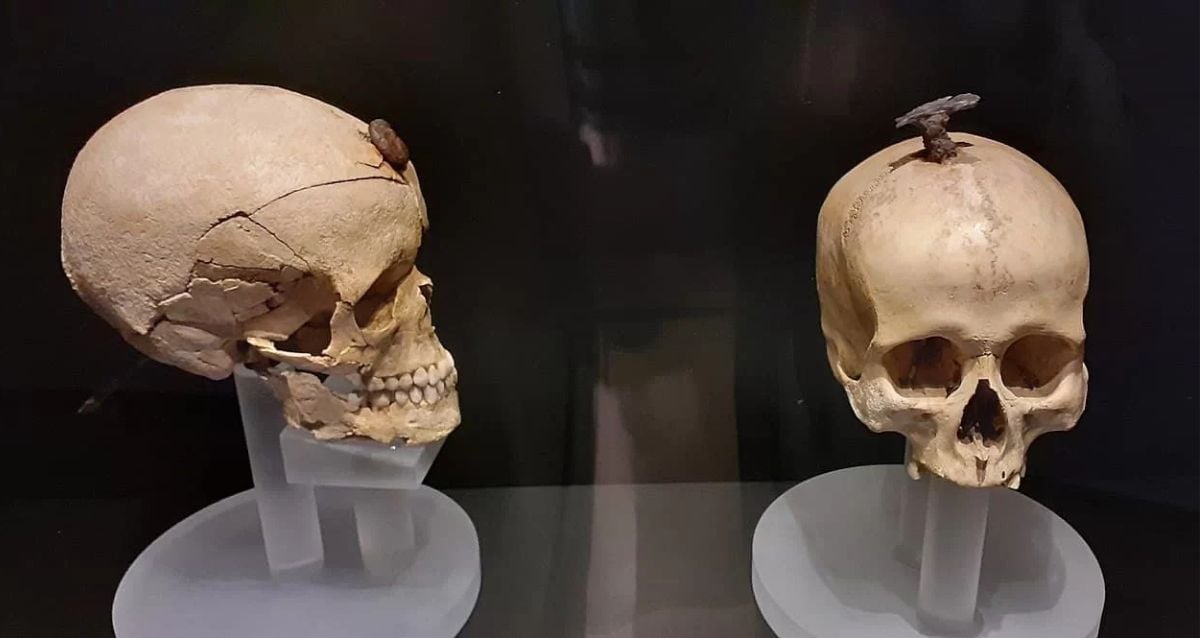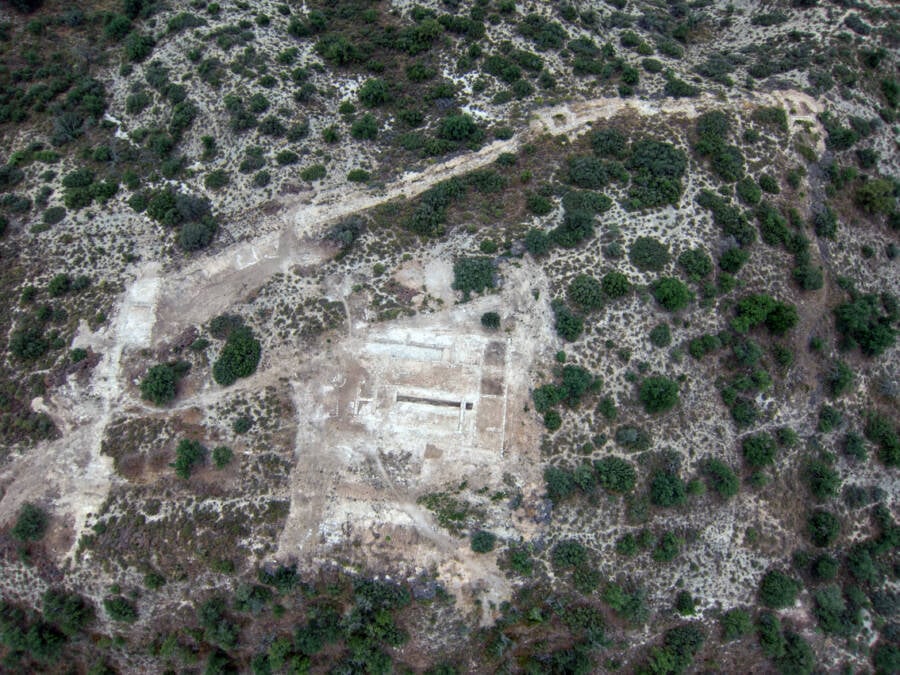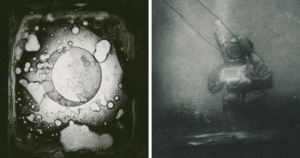“Unlocking the Secrets of Iron Age Horrors: What Recent Discoveries About Severed Heads in Spain Reveal About Ancient Rituals”
Lastly, the research team found that the decapitated prisoners of war were not chosen randomly: “These severed heads reveal a homogeneous trend in terms of sex, as all are male; however, the mobility and depositional patterns suggest greater diversity, implying social or cultural differences among individuals from these two Iron Age communities.”
These findings offer fascinating insights into warfare, violence, and trade in pre-Roman Iberian societies — cultures that remain largely shrouded in mystery.
After reading about the new analysis of Iron Age skulls found in Spain, dive into 44 disturbing photos of life as a prisoner inside a Soviet gulag. Then, view 30 harrowing images of prisoners of war throughout history.




















